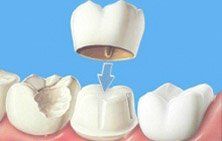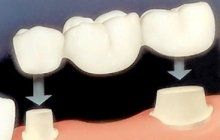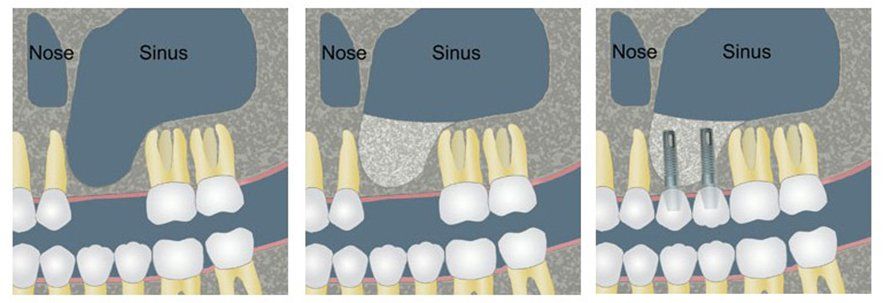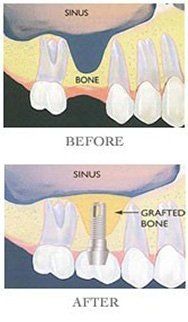How do I take care of my dental implants?
A proper care of your dental implants includes brushing and flossing. Regular dental visits are required for long-term health and success.
How long can dental implants last?
A dental implant can last many years if cared for properly. Many implants have been in place for more than 40 years.
If a dental implant fails to Osseointegrate, what happens?
The implant is removed and the site is allowed to heal. Another implant can often be placed after healing if there is adequate bone.
Are dental implants covered by insurance?
Like most elective procedures, dental implants are not covered by most dental insurance plans. However, we may offer payment plan options.
If you have missing teeth, are you losing bone mass?
Without the tooth to stimulate the jaw, the bone beneath it will begin to shrink (atrophy) in the same manner that muscle underneath a cast gets smaller. Since your facial bone supports the skin and muscles on top of it, losing volume can cause your face to look prematurely aged. The good news is: Dental implants offer a solution to stop bone loss.






